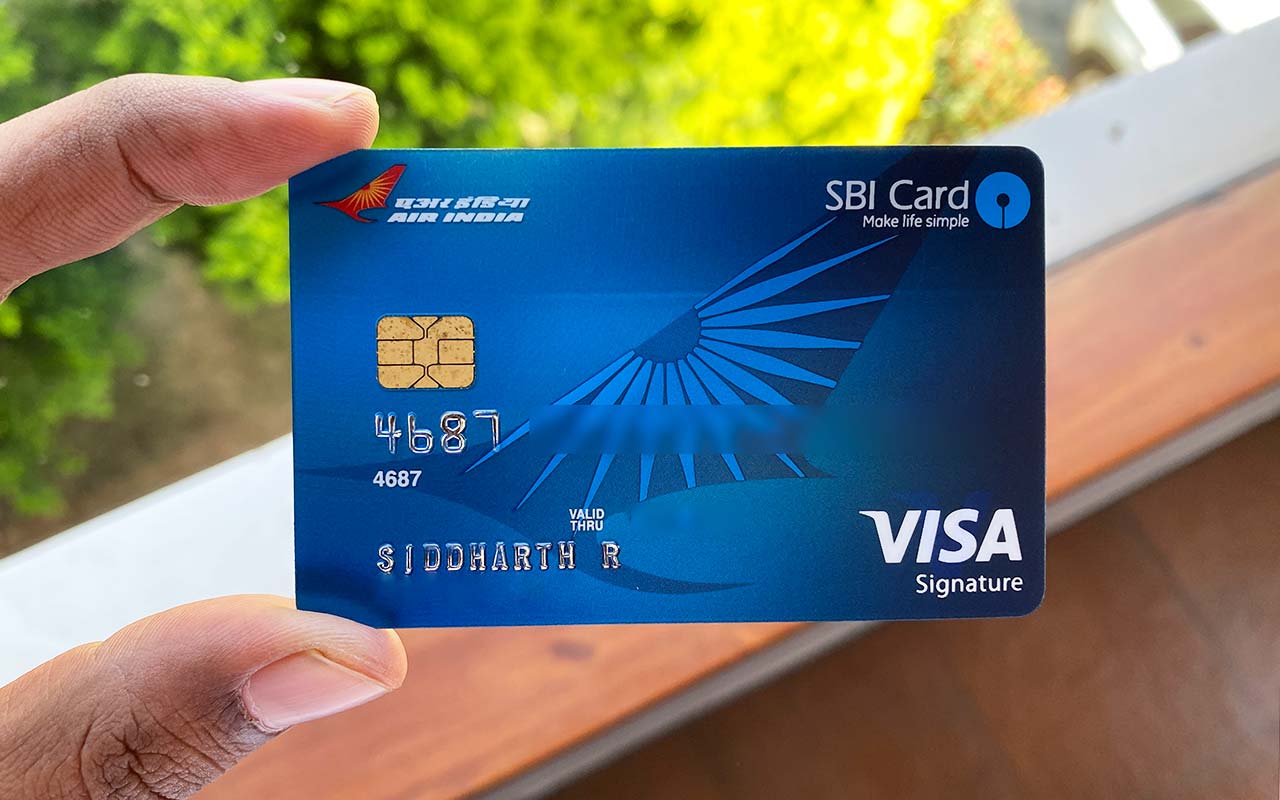

As more and more people around the world come online, there are more opinions and perspectives to share than ever before. As of 2022, there are around 2.5 million new blogs being launched every year, which post somewhere in the region of 7 million new blog posts every single day.
To ensure that your blog stands out from the rest, and can be heard above the noise, it is absolutely imperative that you set yourself reasonable, achievable, and measurable goals. In other words, goals which can be achieved, and which will actively help you take your blog to the next level.
Why Is It Important to Set Blog Goals?
It’s easy for bloggers who blog in their spare time to feel overwhelmed by the workload. Did you know that most bloggers quit within their first 3 months of blogging because of this pressure?
Setting yourself SMART blog goals (and sticking to them!) is crucial to your blogging success for a range of reasons:
- They help you clearly define the unique selling point and direction of your blog
- They reduce your stress by breaking tasks down into manageable workloads
- They give you a set of markers by which you can easily measure your progress
- They help you turn an idea into a successful, money-making venture
- They teach you how to start a blog from beginning to end
- They help you overcome the barriers you yourself put up, either through stress, fear, a lack of discipline or self-confidence
How to Set SMART Blog Goals in 5 Steps
S.M.A.R.T is a key acronym in the blogging world. It stands for: Specific, Measurable, Achievable, Relevant, and Time-Bound. When setting goals for your blog, keep all five of these qualities in mind, and you can’t go wrong.
Set specific blog goals
Ill-definition is the enemy of progress. Imagine the coach of your favorite sports team gave their players one overarching goal: “Win the league!” That might sound great on paper, but without any more specificity, how on earth is that team going to achieve it?
When setting blog goals, you are your own coach, and you have to be as specific as possible. This means writing out in as much detail as you can exactly what you mean by each goal, why you want to achieve it, and how you plan to achieve it. A good way to do this is to create mind maps of each goal. You can also use the help of a visual goal-setting template to capture all essential details.
Consider everything that might go into each goal, and you’ll be prepared both to begin, and for any troubleshooting along the way. The best way to decide upon the nature of the goals you want to set is to take a large, long-term goal for your blog, and to break it down into actionable chunks.
Set measurable blogging goals
Let’s keep that team-coach analogy going. Imagine the coach who asked their team to “win the league” then forgot to keep track of their scores in each game. Even worse, imagine that the coach asked their team to achieve a goal which couldn’t be quantified, like: “Act more confidently than any other team”. If you can’t measure your goals, how can you be sure you’re on the right path to achieving them?
Instead, make sure that when you set your goals you have a clear idea of how you’re going to measure your progress toward them. Here are a few examples of actionable and specific blogging goals, and the metrics you could use to measure their achievement:
- Rank on Google’s 1st Results Page – Use SEO tools like Yoast SEO to ensure your content is Search Engine Optimized; Use a SERPs tracker to determine where you place on Search Engine Results Pages for a range of different queries.
- Attract 500 weekly readers – Use your site-host’s in-built analytics tool to count your average weekly viewer numbers at present, and then keep tabs on this number as you move toward your goal of 500.
- Make $5,000 per year – Keep a strict record of your earnings from blogging (ad revenue, etc.) and break this down into monthly ($417), weekly ($97), and daily ($14) goals which you now know, if you hit, will pay out your overall annual income goal.
Pick achievable blogging goals
There is a distinction to be made between “goals” and “dreams”, and it is imperative that you’re realistic about this difference. We all need dreams – they are the things which keep our passions burning, and keep us motivated to work hard. However, without achievable goals, our dreams are unattainable.
Think of the sports coach, again. If their team is at the bottom of the table in their league, then it would be unrealistic (and thus unachievable) for the coach to set the goal of winning the league. To do so would likely result in demoralization and burnout for the team, and criticism for the coach’s oversight. Instead, an achievable goal would be for the coach to aim for moving their team four or five places higher on the league table.
When you’re setting goals for your blog, make sure they are actually within your power to achieve, otherwise you’ll just end up disappointed.
For example:
- Instead of aiming to monetize your blog in Month 1, aim for monetization by Month 6.
- Instead of aiming to rank 1st on Google in Year 1, aim to rank 1st by Years 2-3.
- Instead of setting a goal of publishing a post a day, aim for a post every other day
Choose relevant goals for your blog
If our analogous sports coach suddenly set their team the goal of becoming social media influencers, what would be the relevance of this goal to the overall objective of the team (to beat their opponents and achieve success in their league)? Absolutely none!
The same principle goes for blogging and setting relevant blog goals. It’s important that you tailor the goals you set to be in-line with your overall objectives for your blog. Consider whether each goal will actually have the impact you want, or will help you in ways you believe are useful.
For example, setting a goal of doubling your Instagram following would likely not result in a comparable doubling of your blog’s readership, and thus this goal would not be relevant. Instead, it would be a better idea to set a goal of doubling the number of click-throughs your Instagram blog-share posts receive, as this would benefit your blog’s readership numbers.
Make sure your blog goals are time-bound
Okay, one final sports analogy, and then I promise we’re done. How do you think it would play out if a coach said to their team: “I want you to beat your rivals… at some point.” Do you think they’d go out and beat that rival team in the very next game? Or do you think, instead, that they’d feel less pressure to do so, since the goal has no fixed deadline?
Deadlines are important in blogging precisely because blogging is something most of us do in our spare time. Make sure that your blog goals are time-bound, each with a set deadline, otherwise they can too easily be forgotten about; pushed further toward the bottom of the pile, as other issues and ideas crop up.
How to Create Stretch Goals for Your Blog
So-called “stretch goals” are big, long-term goals which – given your current working capacity – are unattainable. In other words, they are our blogging dreams. To achieve a stretch goal should not only be extremely challenging, but should also require novel, creative thinking.
For example, here’s a look at some blog-related stretch goals you may choose to set for yourself:
- To become the recognised #1 blogging authority on Vietnamese cooking
- To turn blogging into a full-time job, bringing in over $40,000 USD per annum
- To be invited as an expert blogger in your niche onto your favorite talk show podcast
The point of setting stretch goals for yourself is to continually push and motivate yourself as a blogger; to challenge you; and to give your SMART goals clear direction. Achieving stretch goals will take time, hard work, patience and dedication.
However, just because they are not currently achievable does not mean they are supposed to remain unachievable. Instead, you can break each of your stretch goals down into a series of SMART goals in order to push yourself, year-on-year, toward realizing your dreams.
For example, if we were to take the “turn blogging into a full-time $40K job” stretch goal, we might break it down into a series of SMART goals like so:
- Establish a posting schedule and content tracker
- Invest time and energy in Search Engine Optimization
- Identify your target demographic and engage with them on their favorite social media platforms and online forums
- Set up affiliate marketing and ad-hosting contracts with marketing agencies to begin monetizing your blog
- Have guest writers create posts with new reach, and branch into other forms of media like YouTube and podcasting where relevant
How to Reach Your Blog’s Goals: 5 Expert Techniques
Setting blog goals is one thing, achieving them is another. Here’s a really quick look at the 5 best techniques to use in order to achieve your blogging goals.
1. Break down goals into manageable tasks
Separate each SMART goal you’ve created into individual, manageable tasks so as to avoid them becoming overwhelming or confusing.
For example, you could break down the task of SEO-optimizing your posts like so:
- Research keywords and implement them
- Connect relevant posts with back-linking
- Format your posts uniformly and in keeping with SEO best practice
- Insert useful infographics and pictures into your posts
- Optimize your posts’ meta titles and descriptions
2. Use the ‘task-batching’ technique
Task-batching is an incredibly useful technique employed by professionals across a wide variety of industries to streamline and maximize the efficiency of their work. Simply put, task-batching is the process of grouping similar tasks together so that they can be tackled at the same time, even if they relate to different goals. For example:
- Grouping email tasks together
- Grouping research-heavy tasks together
- Grouping social media outreach tasks together
3. Use the ‘pomodoro’ technique
The pomodoro technique was developed in the 1980s, and remains one of the world’s most effective methods of optimizing productivity and reducing stress. The technique is named after the tomato (pomodoro, in Italian) -shaped cooking timers which run on 25 minute intervals. The idea is simple:
- Set yourself a task to work on
- Run the pomodoro timer for 25 minutes whilst you work
- When the timer goes off, get up from your desk and take a 5 minute break
- On every 4th pomodoro alarm, take a longer break of around 15-30 minutes
By allowing your brain to tune in and out on a regular schedule, you’ll find that you are much more focused on the task(s) at hand during those 25 minute working periods.
4. Create to-do lists
The importance of the trusty to-do list cannot be understated. When aiming to achieve your blogging goals, start by writing out a to-do list with all the tasks you need to complete each day (or week) in order to move toward success.
Having established your to-do list for that block of time, you can prioritize the tasks in order of importance (whilst task-batching at the same time). This way, you’ll work through tasks from most-to-least important, ensuring that if you run out of time that day or week, then the majority of the most important work will still have been completed.
5. Learn from other bloggers
Don’t try to go it alone, because you’ll only end up wasting precious time making mistakes which could have been easily avoided by turning to other bloggers for advice.
Visit the websites of successful bloggers; read their posts on blog goal setting and achieving; and reach out to them via email or DM to ask them for advice on areas you’re less knowledgeable about.
Blogging is a community, and bloggers are most successful when they rely on each other.
Conclusion
There are millions of new blog posts being published every day, and yet up to a third of all bloggers throw in the towel within months of beginning their blogging adventure. To ensure you and your blog’s success, make sure to set SMART goals, utilize stretch goals, and use our top 5 work techniques to help you achieve them all.




